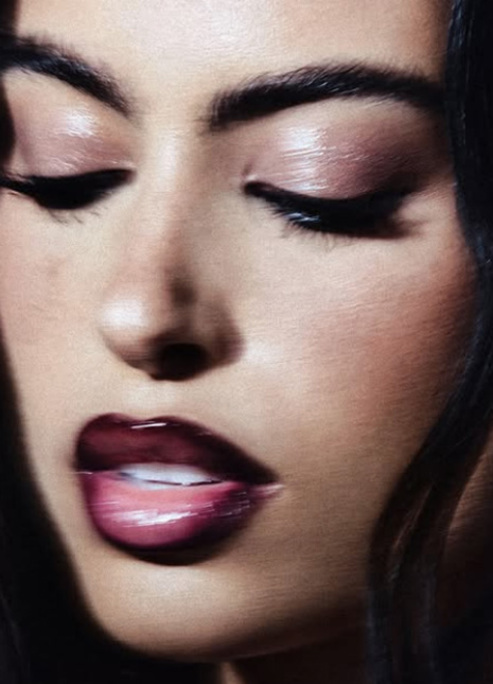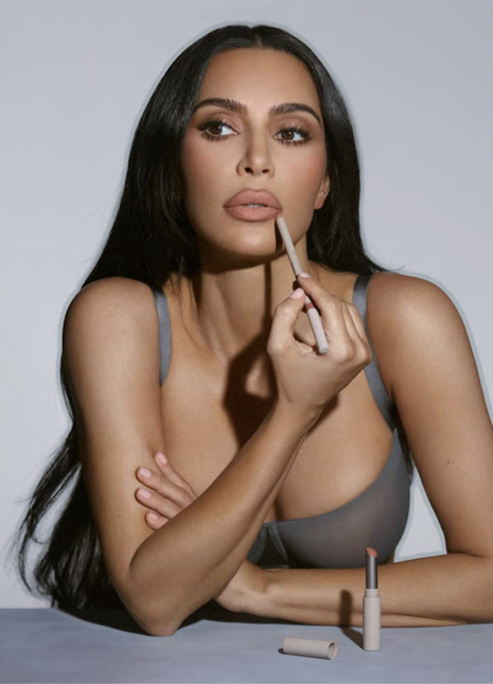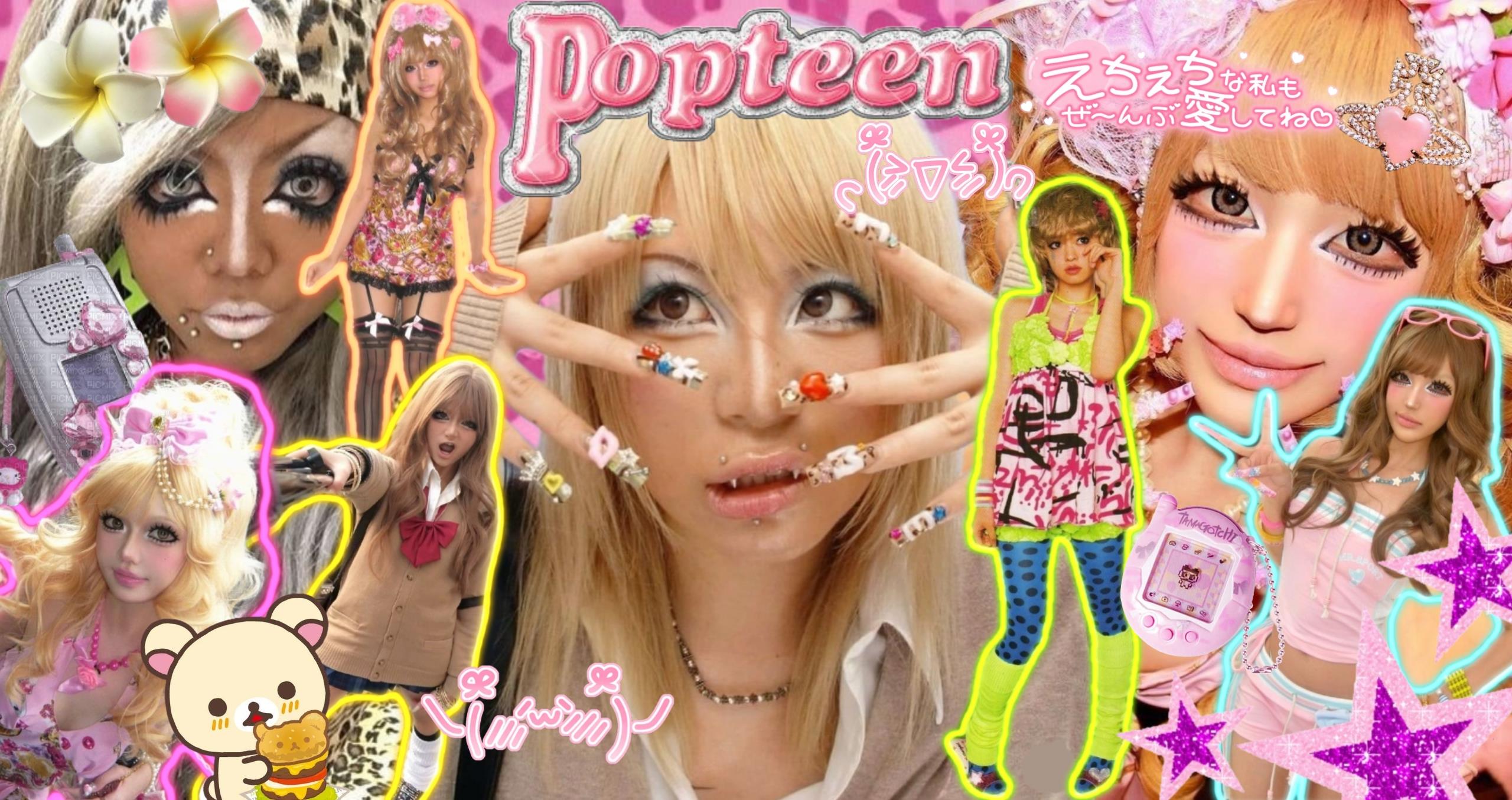
The Gyaru Subculture
A look at its origins and different substyles.
Gyaru (ギャル), a term meaning ''gal'' in Japanese, refers to a subculture that emerged in Japan during the 1990s. It is characterized by unique fashion, beauty, and lifestyle. The subculture is known for its bold and distinctive style, which often includes exaggerated makeup, bright clothing, and dramatic hairstyles. While it rebelled against traditional Japanese beauty standards, it has since evolved into a multi-faced movement with various substyles.
The Origins of Gyaru Culture
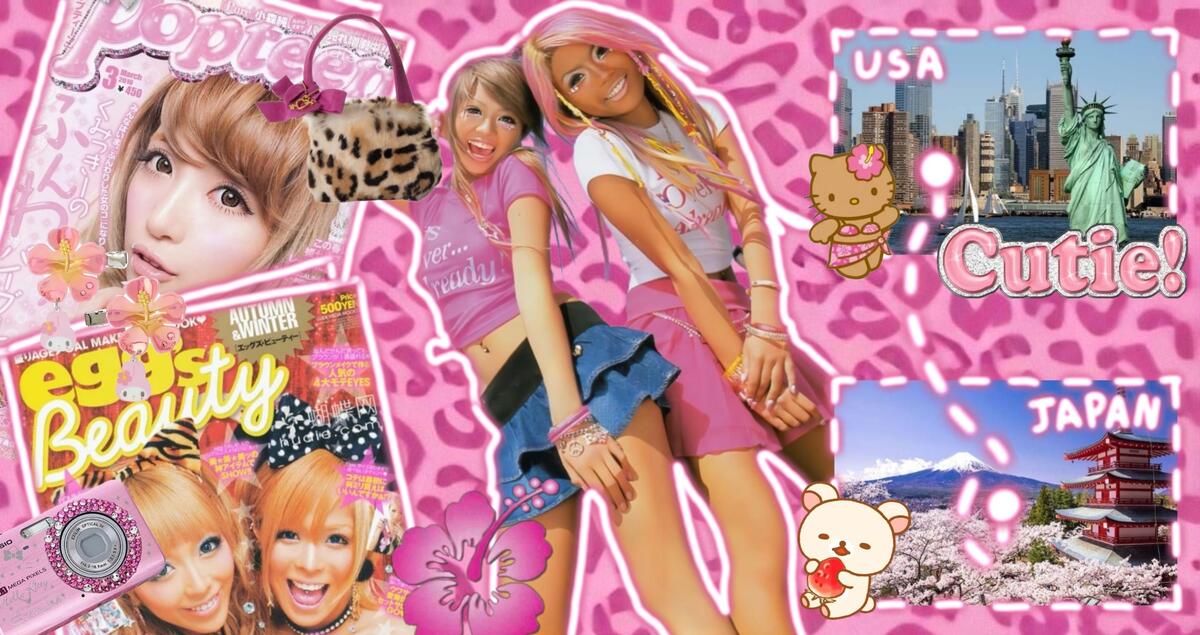
Gyaru culture traces its roots back to the 1990s, when Japanese youth, especially girls, began seeking alternative forms of self-expression. The word "gyaru" was popularised by the fashion and beauty magazines of the era, such as Egg and Popteen, which showcased the new, daring fashion trends. These girls embraced a glamorous, bold aesthetic that contrasted with the traditional, demure image of Japanese femininity.
The early gyaru look was influenced by Western pop culture, particularly American and European styles. This was evident in the use of blonde or lightened hair, dark tans, and heavy makeup, which was often compared to the looks of Californian beach girls or European models. Over time, the gyaru style became more diverse, giving birth to several substyles that vary in appearance, attitude, and cultural references.
What are the main Gyaru styles?
Hime Gyaru (Princess Gyaru)
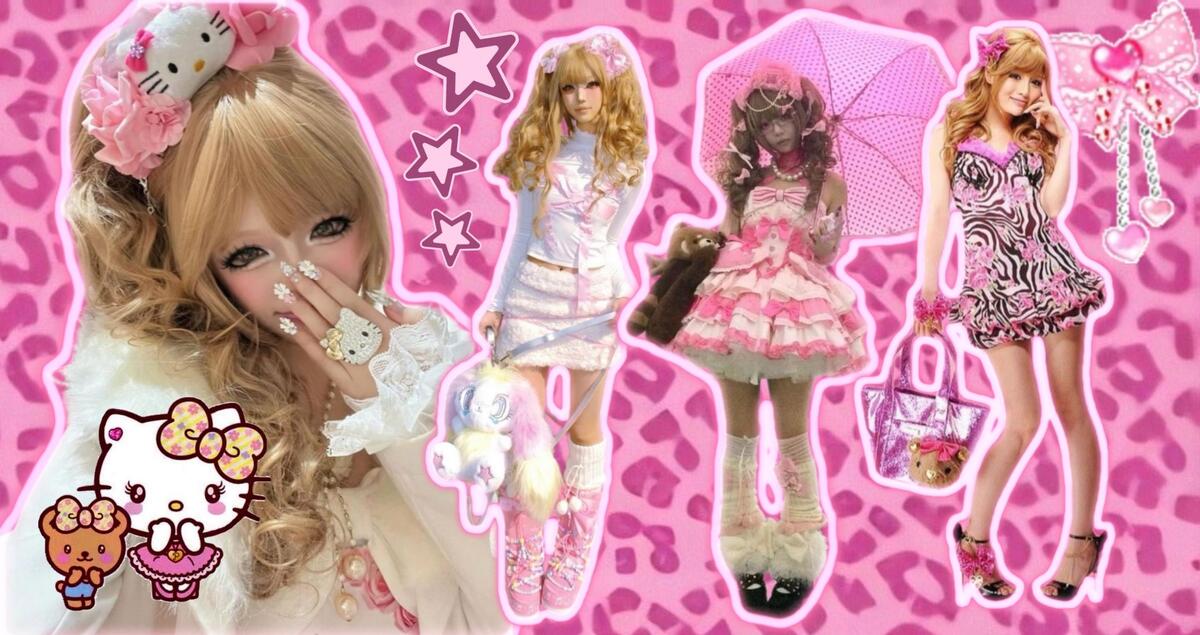
The Hime Gyaru style is one of the most elaborate and feminine variations within the gyaru subculture. The look is inspired by princess-like fashion, often drawing from rococo and Victorian influences. Key elements of Hime Gyaru include long, voluminous hair (usually styled in loose waves or curls), a doll-like appearance with pale skin, and extravagant clothing such as frilly dresses, lace, and bows. The makeup is soft and delicate, with large, exaggerated eyes created using false lashes and circle lenses.
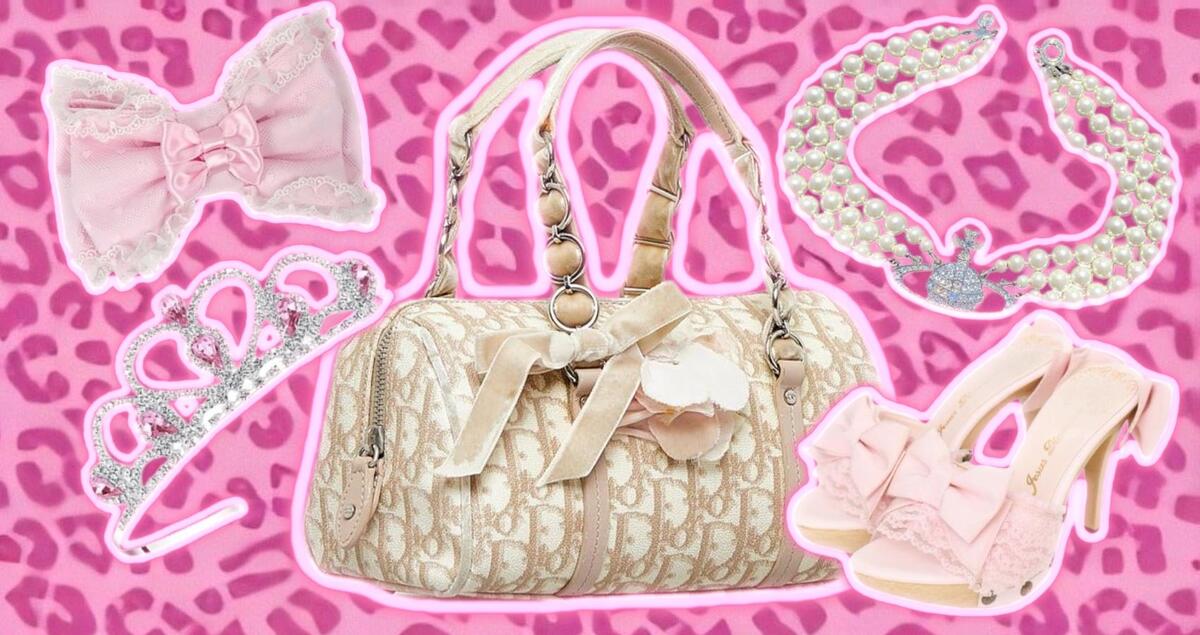
Hime Gyaru often incorporates luxurious accessories such as tiaras, pearl jewellery, and designer handbags, creating an air of opulence and sophistication. This style is a direct response to the more rebellious, tomboyish aspects of the gyaru culture, opting instead for a more refined and glamorous image.
Ganguro
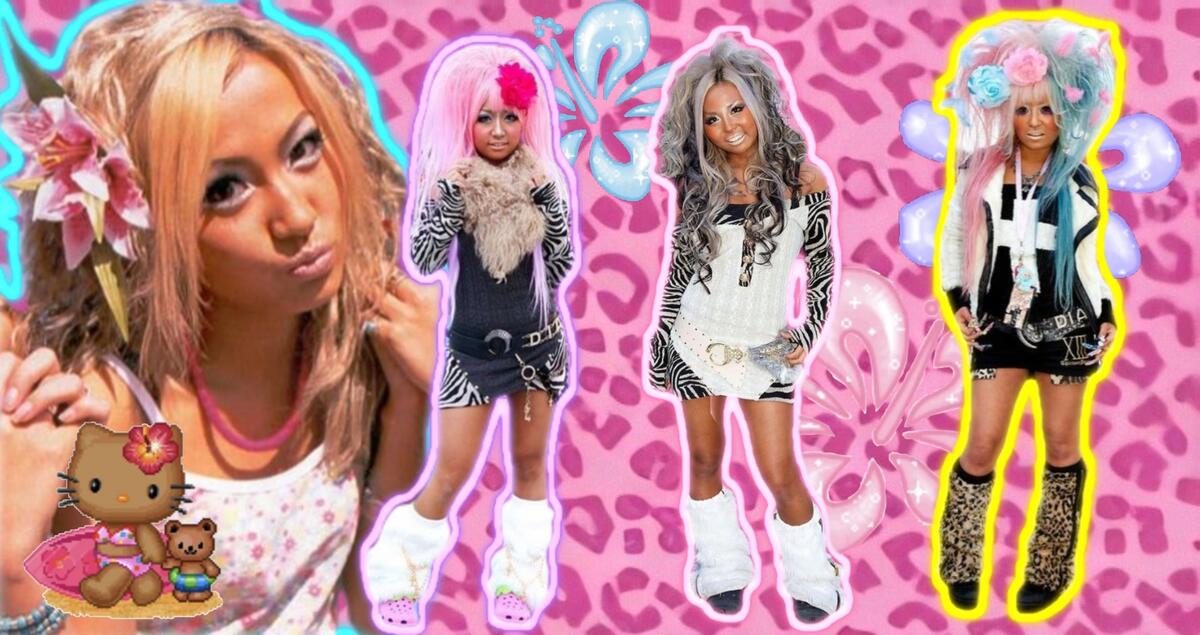
Ganguro is one of the most iconic and extreme substyles within the gyaru movement. It emerged in the late 1990s and is characterized by an intense, bold look that was meant to reject traditional Japanese beauty ideals. The key features of the Ganguro style include deep, dark tans, white or brightly colored eye makeup, and bleached or dyed hair. Ganguro girls often wear brightly colored clothing and bold accessories, with neon hues being particularly popular.
The Ganguro look is often considered a form of rebellion against Japan's fair-skin ideal and is a statement of individuality. The dark tans are typically achieved through tanning beds or self-tanners, while the makeup features dramatic, exaggerated eyes with heavy eyeliner and brightly colored eye shadow.
Yamanba
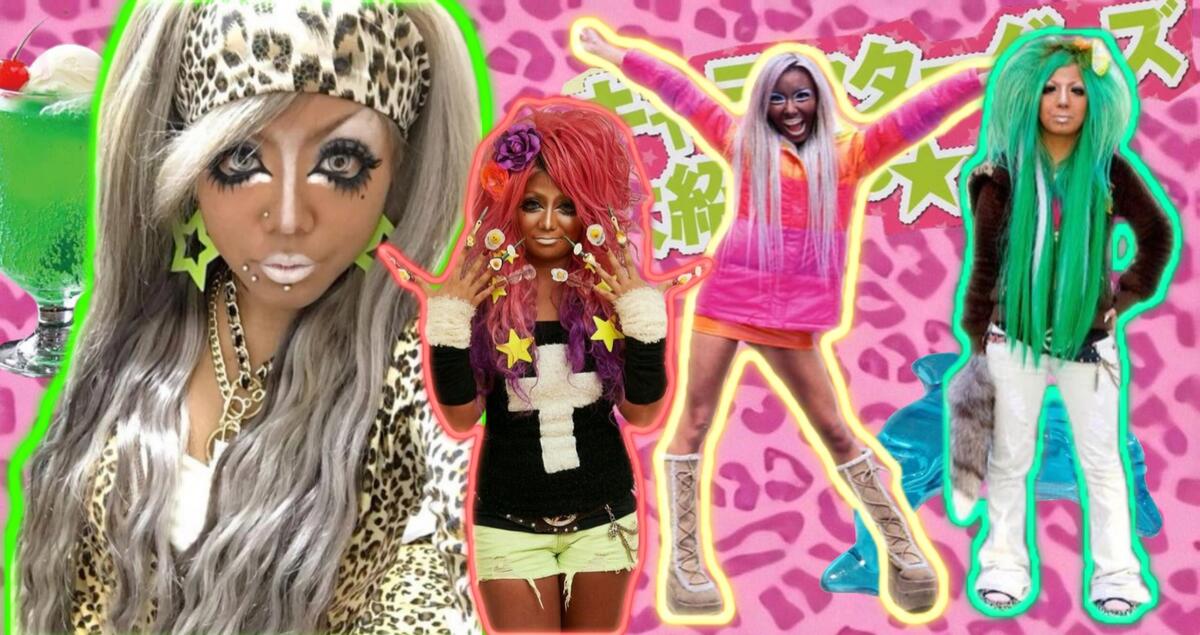
Yamanba is a unique and more eccentric substyle of gyaru that developed in the early 2000s. This style is influenced by traditional Japanese folklore, particularly the figure of Yamanba, a mountain-dwelling witch from Japanese mythology. The Yamanba look is intentionally unpolished and wild, featuring messy, unkempt hair, oversized clothing, and a more "dishevelled" aesthetic compared to other gyaru styles.
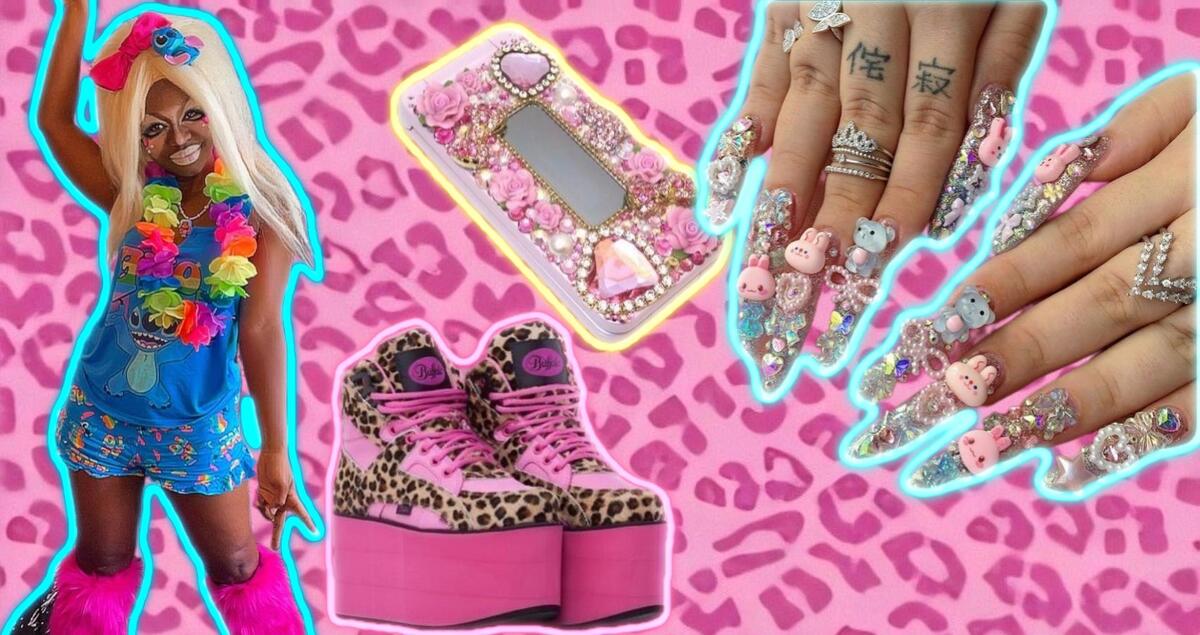
Yamanba gyaru often wears exaggeratedly large platform shoes, mismatched clothes, and thick makeup that creates a more rebellious, punk-like appearance. Despite its unconventional nature, the Yamanba style remains a creative expression of individuality within the broader gyaru movement.
Kogal (Kogyaru)
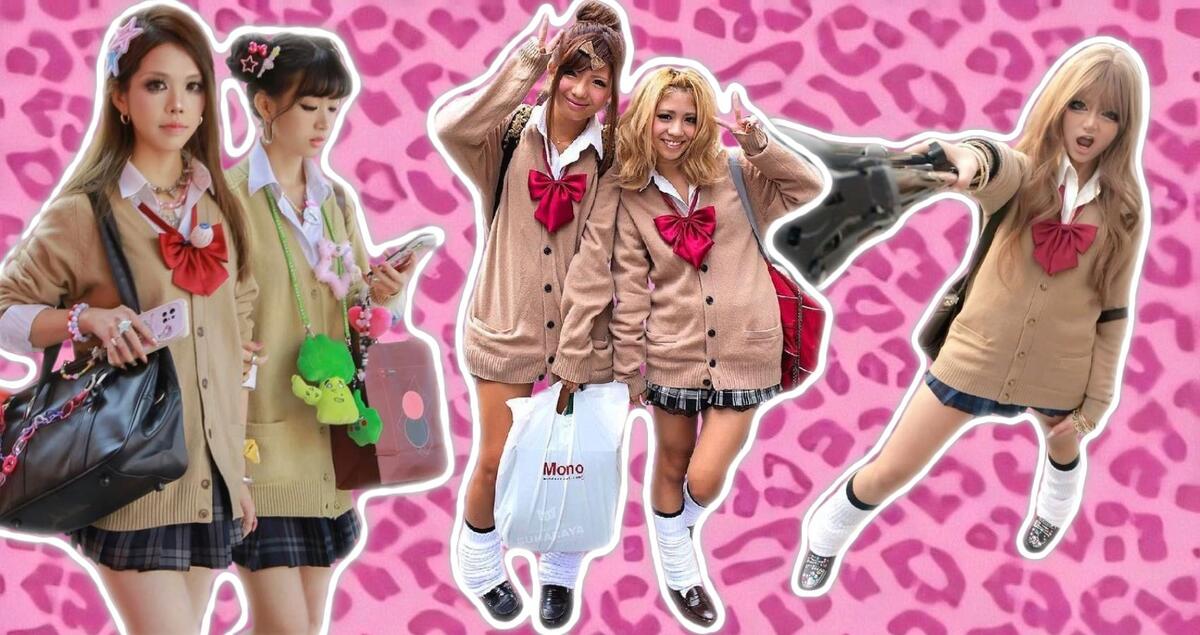
Kogal, or Kogyaru, is a style that originated in the 1990s and is often associated with high school girls. The key feature of Kogal is the school uniform-inspired fashion but with a significant twist. Instead of adhering to the strict guidelines of a traditional Japanese school uniform, Kogal girls modify their attire, opting for shorter skirts, loose socks, and accessories such as bows, chokers, and trendy handbags.
In terms of beauty, Kogal fashion involves lighter, more youthful makeup with an emphasis on a "natural" look, which is a departure from the heavy makeup seen in other gyaru substyles. Hair is often styled more casually, and a lighter tan is common. The Kogal substyle is generally seen as youthful and fun, evoking a sense of rebelliousness while maintaining an element of femininity.
Onee Gyaru (Older Gyaru)
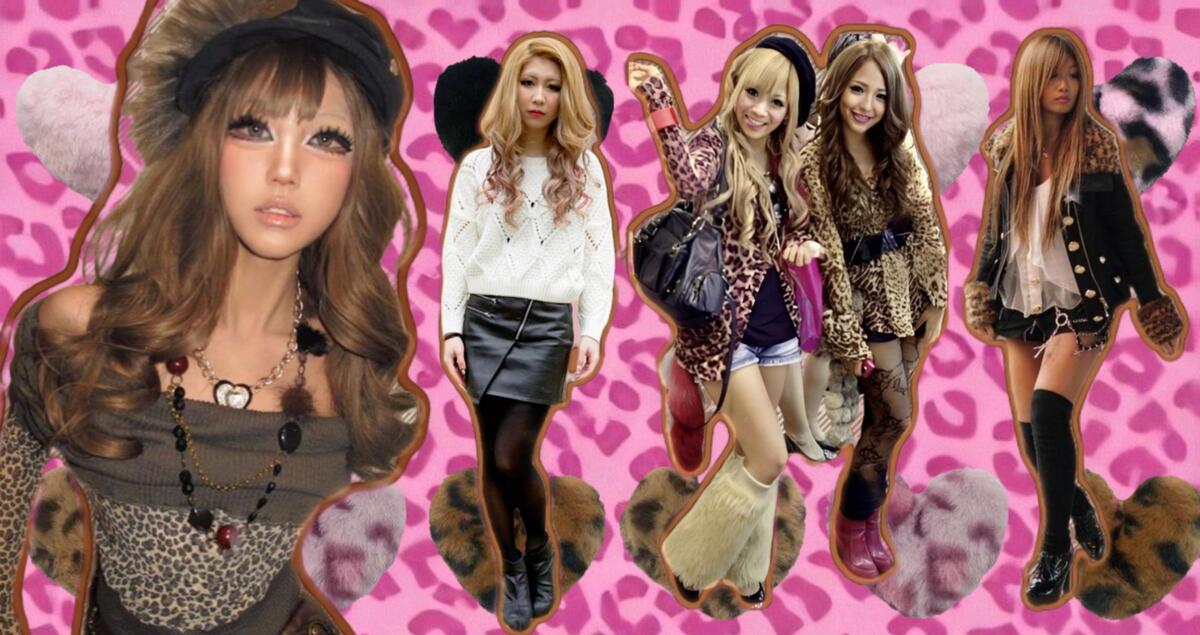
Onee Gyaru translates to "older gal" and is a more mature, sophisticated interpretation of the gyaru style. Unlike the youthful, often loud styles of other subtypes, Onee Gyaru's fashion is more polished and elegant. Key elements of Onee Gyaru include sleek, well-tailored clothing, high heels, and luxurious accessories. The makeup is glamorous but less dramatic than other gyaru styles, focusing on a more mature and sophisticated look.
Onee Gyaru is often associated with women in their late 20s and 30s who want to maintain a fashionable, trendy appearance without the over-the-top characteristics of younger gyaru styles. The colour palette is typically more subdued, incorporating neutral tones, pastels, and elegant fabrics.
Mori Gyaru
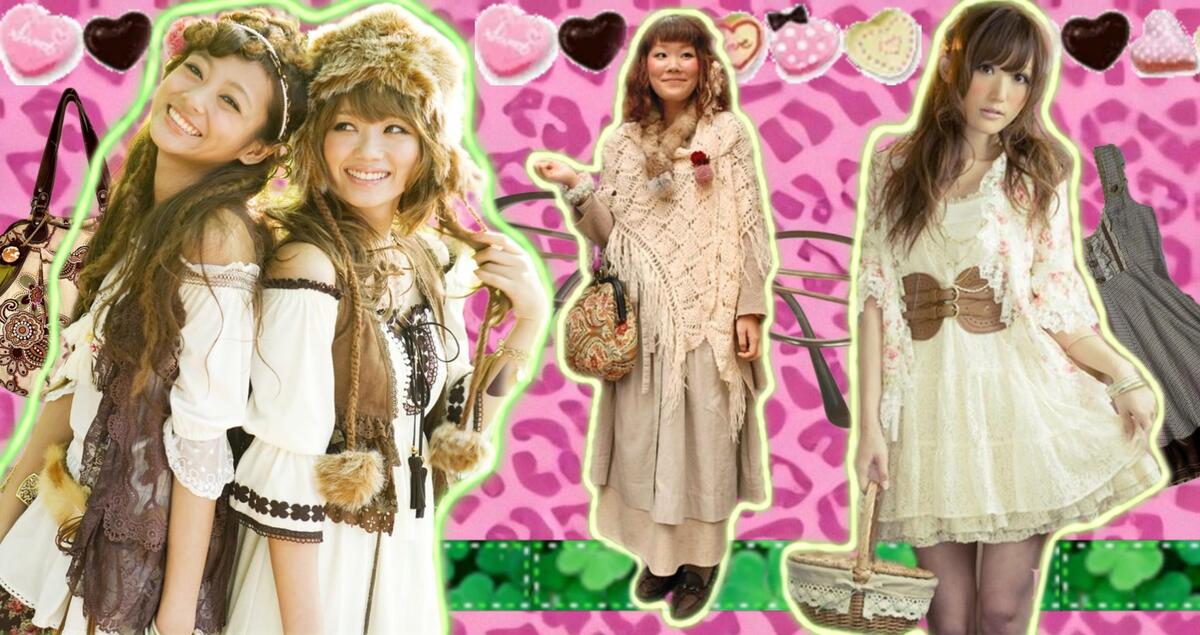
Mori Gyaru (Forest Gyaru) blends the gyaru aesthetic with elements of natural, earthy fashion. This substyle emphasizes natural tones, such as browns, greens, and beiges, and features clothing inspired by vintage, bohemian, or rustic styles. Instead of the sharp, glamorous looks seen in traditional gyaru, Mori Gyaru opts for flowy dresses, oversized sweaters, and cozy layers.
The makeup and hair in this substyle are softer and more natural, often focusing on a minimalistic approach compared to other gyaru looks. The style is typically more laid-back, evoking a sense of calm and a connection to nature.
The gyaru subculture is a rich and diverse fashion movement that continues to evolve and inspire youth around the world. From the rebellious Ganguro to the refined Hime Gyaru, the different substyles offer a range of expressions, each with its unique take on beauty and individuality. Although the overall gyaru aesthetic has become less mainstream in recent years, its influence can still be seen in fashion, beauty, and popular culture, as young people continue to explore and redefine what it means to express themselves.



